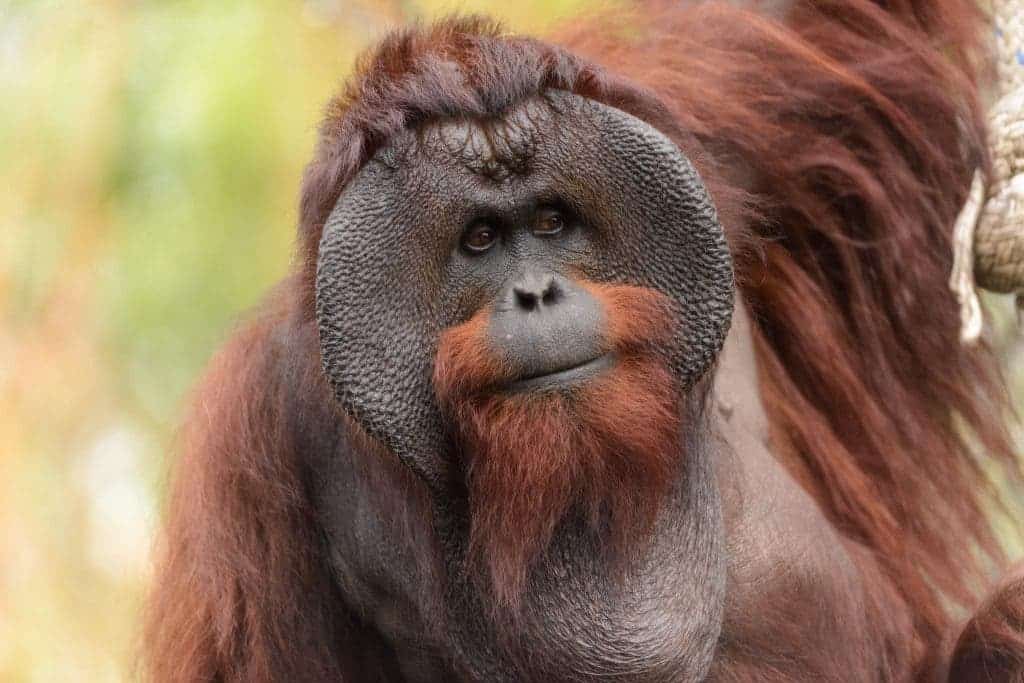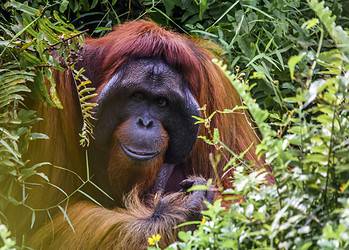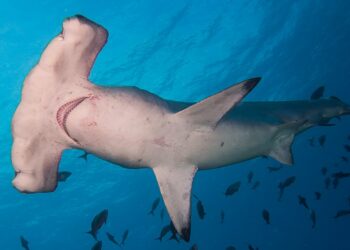It was a sad announcement, as conservationists revealed that three emblematic creatures just entered the extinction red list: the Bornean orangutan, the world’s biggest fish – the whale shark – and a hammerhead shark species.

“It is alarming to see such emblematic species slide towards extinction,” Jane Smart, head of IUCN’s Global Species Programme, said in a statement.
It’s highly worrying to think that future generations could only see these creatures in zoos and movies, but that’s a clear possibility by now. The Bornean orangutan, which along with its cousin the Sumatran orangutan are Asia’s only great apes, has moved from being classified as “Endangered” to “Critically Endangered” – which means it’s basically just one step away from extinction. To make things even worse, this situation is hardly reversible.
“As orangutans are hunted and pushed out of their habitats, losses to this slow-breeding species are enormous and will be extremely difficult to reverse,” Erik Meijaard, an IUCN assessor of the species said in the statement.
The main problem is habitat loss. As humans continue to expand and create more plantations for palm oil and rubber, they are destroying more and more of the rainforest. Also, for the past four decades, 2,000 to 3,000 of the orangutans have been killed every year by hunters or locals who see them as pests.
IUCN also warned that the slow-moving whale shark, which can measure up to 12.65 metres (41.5 feet) is suffering a similar fate. The shark is being killed because its fins are considered a delicacy in some parts of Asia. It is also accidentally caught by fishing nets aiming for tuna.
An emblematic hammer shark is also threatened. The small brownish grey shark, which has an exceptionally large “hammer” is especially prone to getting trapped in fishing nets due to its shape. It’s difficult to estimate how many of these sharks still survive, but their numbers are definitely dropping.






